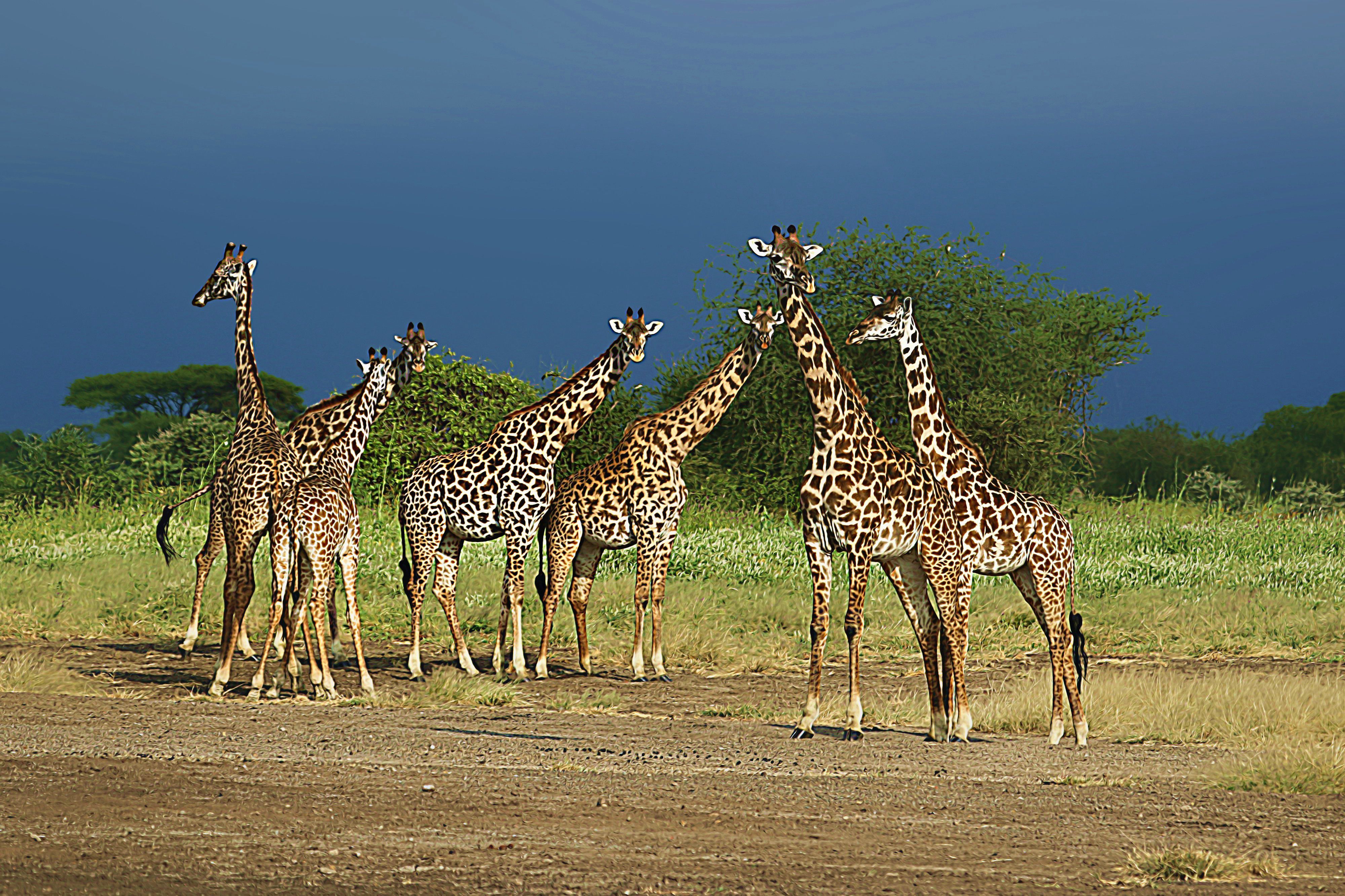How do you reverse a population decline and save an endangered species? This is the central question in conservation biology and it is the core of my scientific work. A population of animals like giraffes is almost always made up of smaller groups of animals that we call subpopulations. The animals in the subpopulations are born and die at slightly different rates, and the movements of animals among the subpopulations connect them all into a metapopulation. I collect data and analyse those data with mathematics to understand these processes and figure out what exactly is causing the population to go extinct, so we can fix that problem and save the species.
In my most recent study, I looked at a giraffe population in the Tarangire Ecosystem in Tanzania to figure out exactly why there were fewer giraffes there now than in the past, and what people can do about it. First off, I had to see whether there were movements connecting all the subpopulations. I did that and discovered that even though the area has two big roads crossing it and there are farms and lakes that could be blocking movements, all five subpopulations are still connected by some movements of giraffes. That was great news because once a subpopulation is isolated and alone, it is much more likely it will go extinct. In fact, without movements linking the subpopulations in Tarangire, most of the landscape would not have any giraffes living there, and the overall population would be smaller. So, learning that there are still movements linking all the subpopulations into a metapopulation was encouraging that I could probably determine what needs to be done to save the Tarangire giraffes.
Next, I analysed the data to learn what the exact birth and death rates are in each subpopulation, and exactly how much movement connects each pair of subpopulations. Once I had all those pieces of information, I could do another mathematical analysis to see which subpopulations were sources, and which were sinks. Sources are areas that are better for giraffes and are causing the metapopulation to increase versus sinks which are areas not so good and causing the metapopulation to decrease.
I found that areas with fewer peoples’ settlements and more vigorous anti-poaching activities, where rangers patrolled more often looking for people trying to kill giraffes for meat, were sources, and places with more houses and fewer ranger patrols were sinks. One area where lots of people come every day to graze their cattle and goats was a source, showing that even large numbers of people and livestock are not bad for giraffes, so long as people don’t live there permanently and some anti-poaching patrols keep out people who kill giraffes.
My results highlight the importance of identifying source–sink dynamics among subpopulations for effective giraffe conservation and also emphasizes how protected areas play an important role in sustaining metapopulations. You can download a copy of the paper here.

